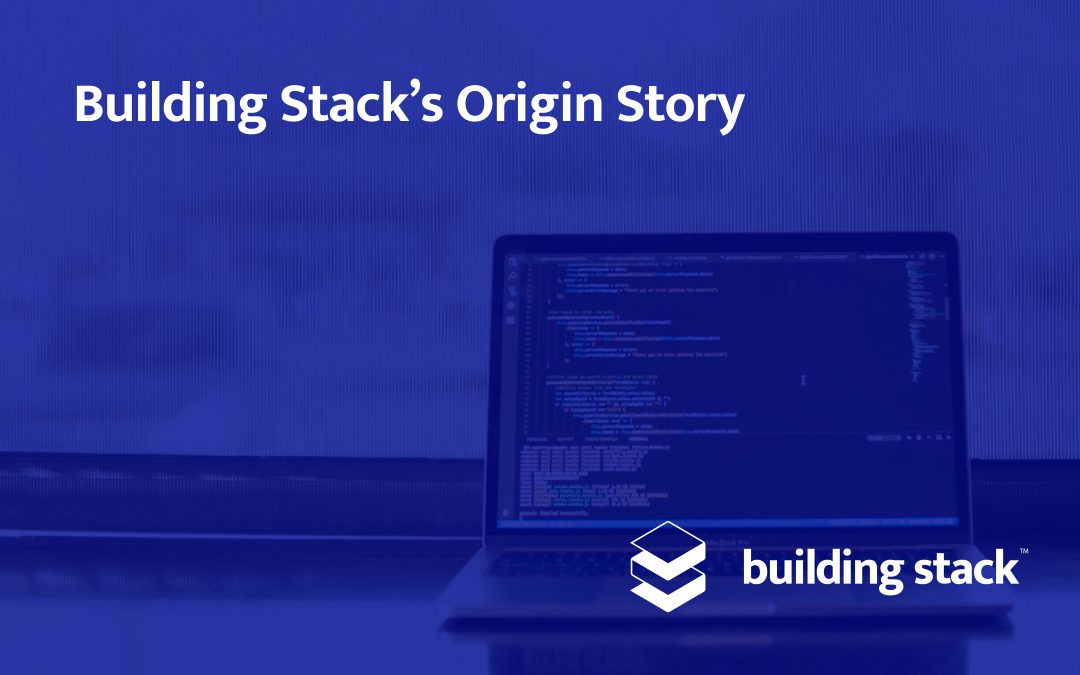Even though Building Stack was founded in 2009, the story of its creation begins a long time before, when co-founders Jonathan Margel and Pablo Menghini were fresh out of school.
Back then, Jonathan was learning the ropes of property management, both inside and outside of his family’s business, managing around 2,000 units in the Montreal area. Growing up surrounded by real estate professionals and investors gave him the opportunity to learn from some of the biggest names in the industry.
Looking for something better
As he was gaining more experience of the property management business, Jonathan was telling his friend Pablo about his frustrations with the industry, mainly how existing tools and software were not helping managers and tenants enough.
Pablo, a trained electrical engineer, was working as a consultant at the time, mostly for companies that developed electronics, industrial equipment and medical equipment. Needless to say, his friend’s comments about the untapped potential of proper technology in the real estate sector did not fall on deaf ears.
The pair started brainstorming. What if they could combine their strengths and find a way to bring the real estate industry into the modern era?
From hardware to software
Their first idea was to engineer a home automation solution designed for rental apartment units. They thought it would be a great way for landlords to improve their offering while increasing tenant satisfaction. However, after tinkering inside Jonathan’s apartment at the time to create a prototype, they realized that this project required too many resources and man-hours to be profitable.
Next, they started thinking about software solutions. Jonathan knew that property managers were looking for a better way to communicate with their tenants, and Pablo knew how to make it happen. This is when they started laying the groundwork for Building Stack.
Initially focusing on the Communication and Online payment modules, Jonathan and Pablo put themselves in the tenant’s shoes, looking for ways to improve the renting experience for all parties involved. They kept thinking up new features and creative processes that would simplify the daily tasks of property managers, until they had created the software we all know and love today.

Building Stack’s co-founders, Jonathan Margel (left) and Pablo Menghini (right).
Building a business
The co-founders agree that their complementary personalities played a huge role in making Building Stack. “I know the ins and outs of property management, what it lacks, what it needs. And Pablo is amazing at creating solutions,” explains Jonathan. “Over the years, one of us has always managed to help the other one figure out the best decision.”
But the road to success was not always smooth. Without a doubt, putting a team together has been the pair’s biggest challenge. “When you run a business, you have to attract talent and develop it, build a company culture, and lead a team that is evolving every day. It is very humbling,” says Pablo.
10 years later, Building Stack is still expanding, revolutionizing the proptech industry and offering their solutions to property managers all across Canada. The co-founders believe they stayed true to their vision, but have learned to adapt the product to its ever-changing environment. “Now, property managers have to be experts at marketing, finance, communications and social media,” says Pablo. “Helping them with all those things, is what it means to be customer-centric in 2019.”
From their Westmount office, the Building Stack team is hard at work, developing innovative features that will open new markets for them. The company has been enjoying expanding its reach from coast to coast over the past year, and planning expansion into the US market in 2020. “We want to keep growing, perfecting our platform and continue to establish partnerships and integrations with leading software companies,” Jonathan says. “Our goal will always be to offer the most complete solution to our users, at every step of the tenant cycle.”
